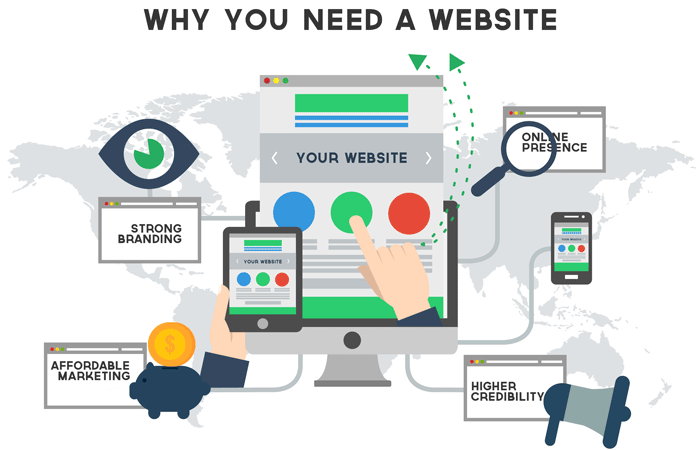🔑 Key Elements Your Website Needs
Planning a website is an important and exciting part of building an online presence for your business.
There are so many options and features that you can customize just for your brand. In addition to the effects and design elements that would make your website pop, there are also other elements that are crucial when creating your website.
The goal of a website is much more than just to give a face to your brand or business. A good website ensures visitors are engaged with your content and product and ideally will return due to good experience and relatability. So how can you achieve that?
2. Web Design and Layout
Clean and clear.
The magic words you should remember when designing your website. Colours and design preferences might be subjective but nobody would want to see or own a cluttered website. Before you feel overwhelmed with the idea of picking and planning an entire website, it is advisable to survey through sample designs so it can help you narrow down the thing you would want on your website...or more importantly, the ones you definitely don’t.
3. Content Writing
The content of your website is one of the elements that keeps visitors on your website for a long time. Whether it's a blog or other information you add into the webpage for your visitors’ knowledge, it has to have the element of engagement. A quality content will ensure you visitors relate to your website.
4. Call to Action
Call to Action or CTA is useful to bring website visitors to the next goal that you set. This could be subscription, enquiry, purchase or redeeming discounts during promotion. It is basically the destination of the entire trip that is your website.
5. Testimonial
Testimonials are vital to show your reliability and credibility. With many competitors in your industry, testimonials allow potential customers why your company should be their choice instead. Testimonials are usually displayed at the top or bottom of the home page, however, you can alway dedicate a different page for your testimonials and keep updating them to ensure the quality of your service is consistently good.
6. About Us
Company history shows the background and core of the business. Visitors and potential customers should feel connected to what you represent. You can include information about the year your business was founded and a brief explanation of the services and the team behind the name. This would be the personal touch that adds a human touch to your website.
7. Contact Information
Contact information is where visitors end after a successful website visit. The main information that needs to be displayed are email, social media platforms, phone number and location. You can also include an Enquiry Form so visitors can reach out to you quickly and directly from the website.
These are the basic necessities of a website, however there are many elements that can be added to make your company’s website standout from the rest. For more information on creating or revamping your website, contact us for a free consultation.




